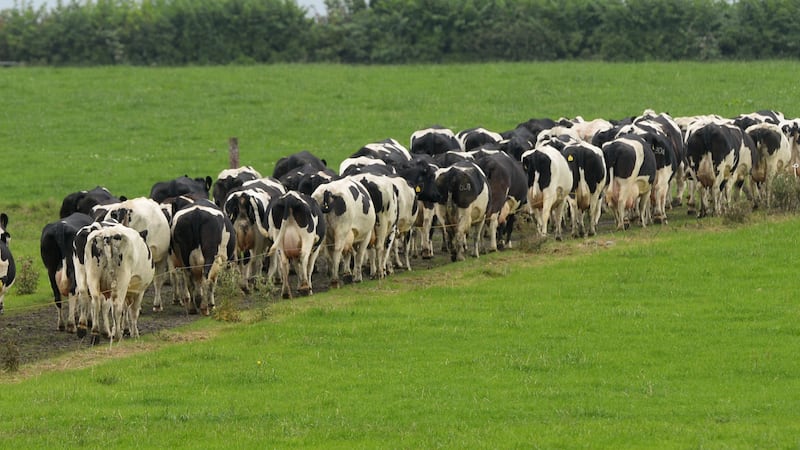Ireland’s economy is nearly one-third smaller than previously thought, according to a new measure of economic activity that strips out the distorting effects of multinationals.
In response to the furore over Ireland’s recent growth numbers, the Central Statistics Office (CSO) has developed a new indicator known as modified gross national income (GNI).
It is intended to give a more accurate picture of the underlying state of the Irish economy by removing the volatility associated with large shifts in intellectual property or aircraft leasing assets.
The new indicator puts the value of Ireland’s economy in 2016 at just under €190 billion, which is significantly less that the €275.6 billion generated by the traditional gross domestic product (GDP) measure.
Using modified GNI also paints the State’s debt metrics in a different, less flattering light. As a percentage of GDP, Ireland’s debt stood at 73 per cent at the end of last year. However, this jumps to 106 per cent when expressed in modified GNI terms.
Looking back, the new measure also indicates that government debt peaked at 160 per cent in 2012 compared to a reported debt-to-GDP ratio of 120 per cent, suggesting the crash burned a comparatively bigger hole in the State’s finances than previously thought.
Budget deficit
The new measure also has implications for the Government’s budget deficit. In 2016 it was 0.7 per cent of GDP, but using modified GNI it stood at 1 per cent. Similarly, in 2012, at the height of the financial crisis, it was 8 per cent of GDP, but 10.5 per cent of modified GNI.
The CSO said its new modified measure of national income was designed as a supplementary indicator to GDP, but the latter would remain the official measure for international reporting and comparison.
The agency launched the new indicator alongside the latest national accounts, which suggested the Irish economy contracted by 2.6 per cent in the first quarter of 2017 but continues to grow at a healthy 6.1 per cent in annual terms.
CSO statisticians played down the significance of the quarterly contraction, the largest in two years, highlighting the fact that it followed a sharp acceleration in growth in the previous quarter.
Growth in the final three months of 2016 had originally been put at 2.5 per cent but has now been revised up to 5.8 per cent, while growth for the year as a whole was revised down to 5.1 per cent from 5.2 per cent.
Continuing recovery
While other indicators, retail sales and business surveys, point to continuing recovery in the first quarter, the State’s headline growth rate as measured by GDP continues to be distorted by the actions of multinationals.
Total domestic demand, a key component of growth, contracted by 17.3 per cent during the quarter principally because of changes to the investment linked to multinational activity. Personal consumption, the main driver of domestic demand, however, rose by 1.2 per cent.
Across the largest sectors of the economy, industrial output decreased by 8.8 per cent in volume terms, while output in the information and communications sector grew by 2.9 per cent. The figures show output in the construction sector, which is responsible for much of the current job growth, grew by 4.1 per cent in the quarter.
The balance of payments current account, a measure of Ireland’s economic flows with the rest of the world, recorded a surplus of €8.5 billion.
Minister for Finance Paschal Donohoe said the figures provided clear evidence of continued momentum in the economy.
“These figures are mirrored in strong employment growth, as well as tax receipts to end-June which increased by 4 per cent over the same period last year,” he said.
However, he said, “the still elevated levels of debt in the Irish economy and the increasingly uncertain external environment underlines the importance of sensible management of the public finances”.
















